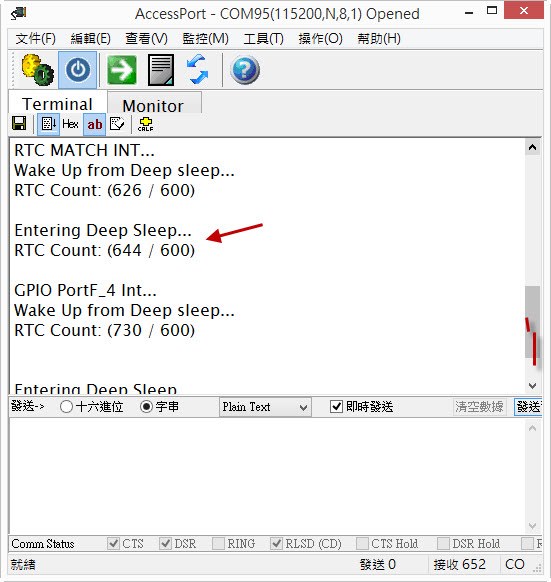Other Parts Discussed in Thread: EK-TM4C123GXL
Tool/software: Code Composer Studio
Hello,
We use EK-TM4C123GXL for test hibernate function, reference code form SW-TM4C-DRL-UG-2.1.0.12573 USER’S GUIDE page 318 and qs-rgb project file.
We tested HibernateRTCMatchSet wake-up time of 60 sec , 15 sec or 600 sec, Can not wake-up at different times, but when we set a wake-up every 60 seconds,
can not wake up in 644 +60 seconds.. Reference is as follows: Please help us reslove this issue.
Thanks
by HC. Huang


